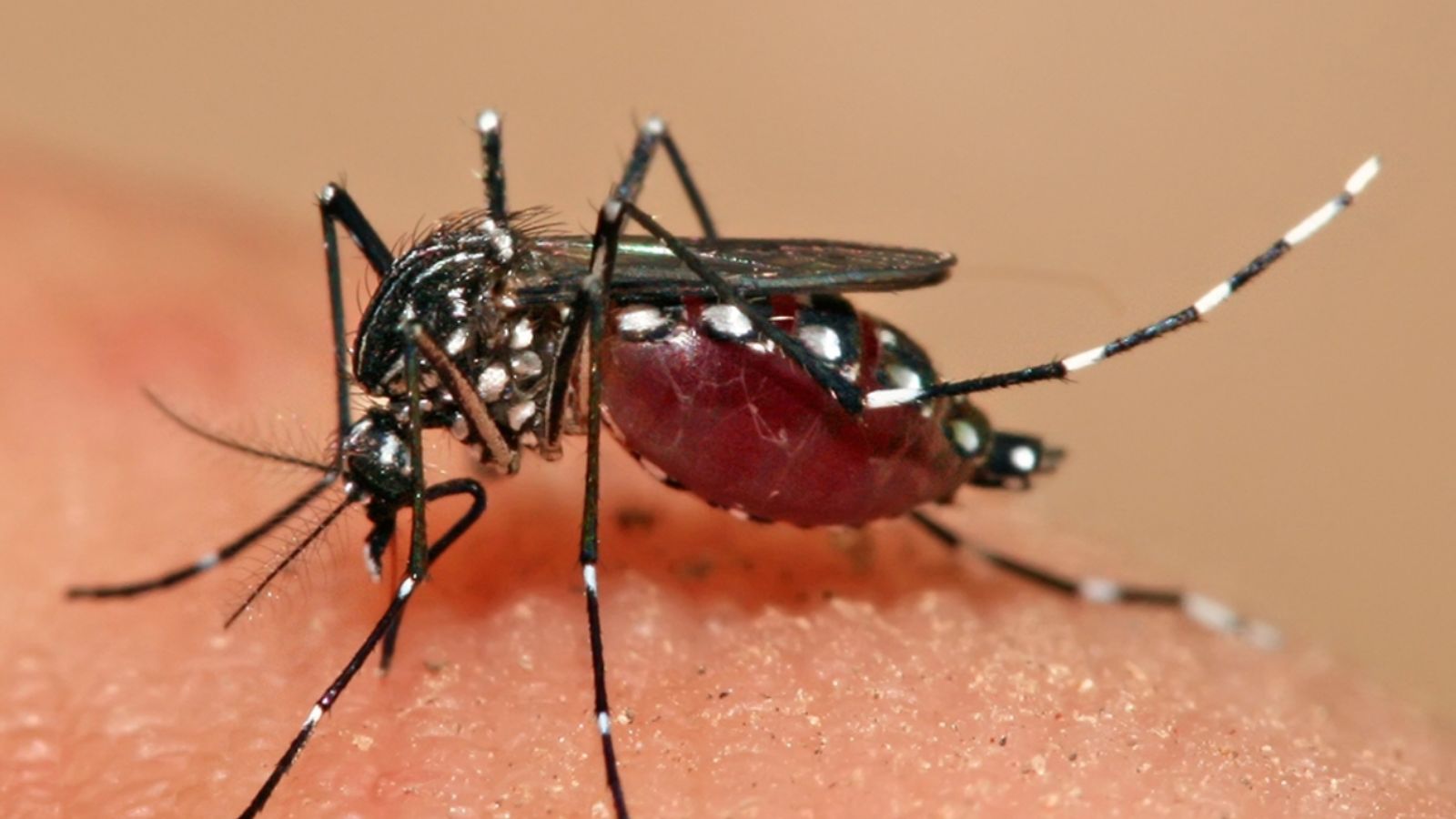In Florida, Texas, and other parts of the South, a flower pot or a tire sitting in a yard could house unwelcome guests: mosquito eggs of the species Aedes aegypti.
It’s the type of mosquito that transmits dengue, Zika, and yellow fever.
Roxanne Connelly of the Centers for Disease Control and Prevention is an expert in mosquito-borne diseases.
“These eggs are drought resistant and they can survive up to several months,” she says. “Once those eggs are covered with water, whether it’s from rainfall or a sprinkler, the eggs will hatch into larvae.”
Aedes aegypti is sensitive to cold temperatures — as eggs and adults. So they cannot survive the winter in much of the country.
But Connelly says that as the climate warms, these mosquitoes may establish populations farther north, for example in Nevada, Utah, and Nebraska.
“In all three of those places, the mosquito has been detected for a few years in a row,” Connelly says. “So it seems that there are some places outside of where you would expect it where it is becoming established.”
Mosquitoes can only spread Zika or dengue fever after biting an infected person. So the species’ expanding range will not necessarily lead to outbreaks.
But Connelly says the public should be aware of the growing risks.
Reporting credit: Sarah Kennedy/ChavoBart Digital Media
Source link


